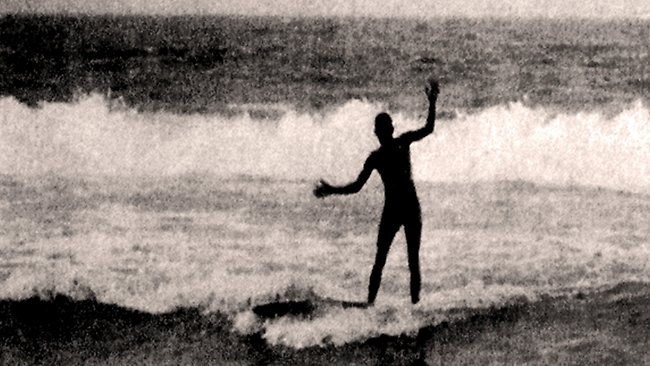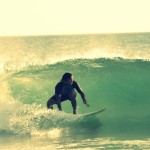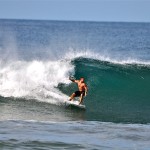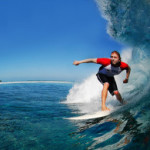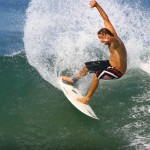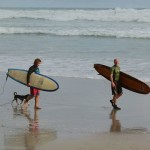The History of Surfing
The History of Surfing
Just like swimming, surfing is one of the most practiced aquatic sports in the world. For our ancestors, the wave riding was not merely a pastime hobby but an integral part of their religion and culture. Affluent leaders and chiefs used to have truculent surfing competitions to assess the capabilities and powers. In the eighteenth century, Captain Cook landed in a Hawaiian Island and witnessed the intense wave catching culture among the Hawaiians. It is said that he was the first person to report surfing to the western world. Since that day, surfing has taken a modern turn and has become a central part of the western regions as well.
The Origins…
Polynesian Origins of Surfing
In Hawaiian language, the act of wave riding was referred to as ‘he-enalu’. It was first documented by Joseph Banks in 1769 during his voyage with Captain Cook in Hawaii. In ancient Polynesian civilization, surfing played a major role. The leader, or the Ali’i, was chosen on the basis of his surfing skills and the type of his surfboard. The chief was the one who was the most fierce and skilled surfer and owned the surfboard made from the best tree. The leader and his family lived on the prime beach and had the excellent surfboards. Rest of the community was not allowed to enter that beach and could only gain access if they were able to ride the difficult waves with large and heavy boards. More incidents of the sport were reported by Augustin Kramer and other European visitors. Kramer made prints and even photographed Samoans surfers on wooden planks and canoe hulls. The word traveled that Tongans were also wave riders and their king, Taufa’ahau Tupou IV, was a prestigious surfer. It all changed when German and Scotland missionaries invaded the land in 1821. They discouraged and even banned surfing among the Polynesians and Hawaiians. Because of this invasion, the religious practice of surfing mostly disappeared by the 20th century.
Ancient Hawaii and Surfing
For ancient Hawaiians, surfing was not a recreational sport they played to pass the time. It was more than that; it was an art and a way of life. The act of ‘wave sliding’ would begin way before they entered the mystical ocean. They used to prey to their gods for protection from the water which they feared. Before surfing in the ocean, spiritual ceremonies were held where priests would help the people in creating surfboards from the carefully chosen trees. There were only 3 types of favored trees; koa (Acacia koa), ʻulu (Artocarpus altilis), and wiliwili (Erythrina sandwicensis) trees. Afterwards, upper class pastors, warriors, chiefs and skilled surfers went on to master the waves through which they earned great respect. Two popular ancient beaches, Kahaluʻu Bay and Holualoa Bay, can still be visited.
Surfing in North America and Australia
In 1907 George Freeth, an Irish surfer, was invited in California to demonstrate surfing as a publicity stunt for the promotion of a  railroad owned by Henry Huntington. In 1912, James Matthias Jordan Jr. captured the attention of locals by displaying surfing in Virginia Beach. Since then, East Coast has become a central point for surfers in US. Duke Kahanamoku practically exhibited ancient Hawaiian board riding in Sydney, Australia for the first time.
railroad owned by Henry Huntington. In 1912, James Matthias Jordan Jr. captured the attention of locals by displaying surfing in Virginia Beach. Since then, East Coast has become a central point for surfers in US. Duke Kahanamoku practically exhibited ancient Hawaiian board riding in Sydney, Australia for the first time.
Modern Surfing
The beginning of the 20th century saw the revival of surfing among the Hawaiians. The Olympic gold medalist, Duke Kahanamoku, demonstrated various surfing skills to the world. Jack London, a famous author, wrote about his surfing experience thus increasing the popularity of the sports to the public. Hawaii, Australia, and California were the most popular surfing spots during those times. With the technological innovations, surf music like Beach Boys, movies such as The Endless Summer, and numerous surfing documentaries helped to evolve surfing all over the world.













